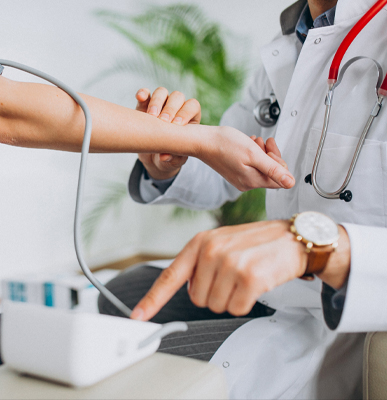- nirjharmaji238@gmail.com
- Asansol
- 77086 36800

Joint pain, also known as arthralgia, refers to discomfort, pain, or inflammation arising from any part of a joint, including the cartilage, bone, ligaments, tendons, or muscles. It can affect one or multiple joints and varies in severity from mild discomfort to debilitating pain that hinders daily activities.
Arthritis:
Injuries:
Infections:
Overuse or Repetitive Motion:
Other Medical Conditions:



Medications:
Physical Therapy:
Lifestyle Changes:
Assistive Devices:
Surgical Intervention:
Alternative Therapies:
Dr. Nirjhar Maji, with his expertise in orthopaedics, provides comprehensive care and personalized treatment plans for patients suffering from joint pain, ensuring optimal recovery and improved quality of life.
©2020. All Rights Reserved.